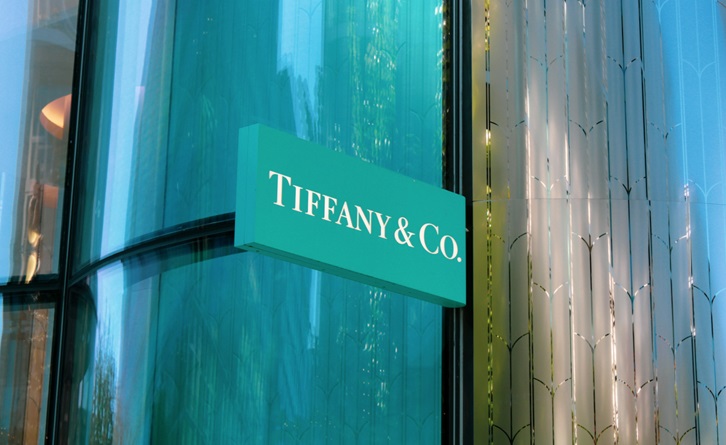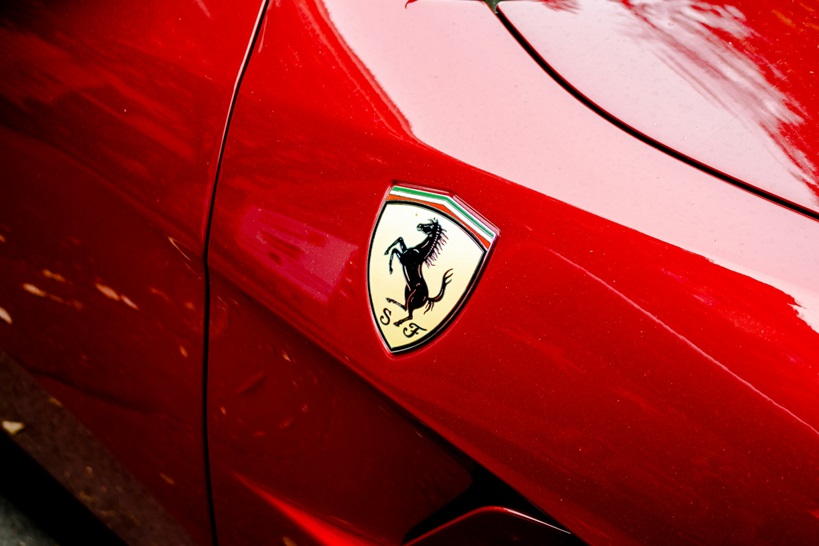Brand Strategy
The Digital Luxury Revolution: How Brands are Embracing Technology

When you think of luxurious brands, you most likely are picturing swanky places filled with expensive products. However, these companies are taking a digital turn to stay ahead of the curve and remain relevant. But let’s take a deeper dive into how technology is redefining the way we perceive luxury in the modern world.
The Marriage of Brick-And-Mortar Brands and Technology
The trend of going digital was initially kicked off by tech companies, with gaming sectors like casinos following shortly after. This happened approximately between the late 90s and early 2000s, with such companies turning to the online world and making their mark there.
People were no longer required to go to places like bingo halls to play bingo for real money, instead, they could access them online via different platforms. This has evolved further and expanded the industry, helping it gain plenty of traction via innovative approaches like creating live versions of the game or combining it with new motifs to breathe new life into it.
The popularity of such industries in the online world has forced luxury brands, well-renowned to be sticklers to tradition, to also evolve to avoid being left behind. From creating platforms and social media pages to market their products, to embracing the rise of e-commerce and allowing their clients to purchase items online internationally.
But luxury brands don’t stop at just that, they have turned their platforms into impressive experiential digital spaces. As a user, you can hop on to a platform of a luxury brand such as Tiffany & Co, and enjoy an interactive 360 view of their products. Such a seamless experience blurs the line between physical and digital shopping, making it a more attractive option.
The Role of Social Media in the Luxury Industry
In 2024, simply having a well-designed website is not enough to stay on trend. However, when you combine that with a great social media presence, it changes everything. And we’re not talking about just your average Facebook page.
As a luxury brand, you have a certain image to portray, one that is not accessible to everyone. This doesn’t mean they do not influence those of average bank accounts to purchase their items, quite the opposite. Social media makes everything look more accessible, or at the very least, convinces people they need to own items like RayBan sunglasses to stay on trend.
But many luxury companies fully understand their target audience and lean into this. In fact, one of the most successful collaborations we can think of is between Ferrari, an Italian luxury sports car manufacturer, and VistaJet, a global business aviation company for the rich and famous.
VistaJet is an official supplier to Scuderia Ferrari, which is why you can see their emblem during F1 races. This works as an advertisement for both companies, letting those with means know which company they should be investing in and using.

Source: Unsplash
The impressive way luxury brands have been able to combine their historical artistic prowess with newfound tech adeptness should be studied by other businesses. As we continue witnessing this digital luxury revolution, it’s exciting to think of what other technological advancements they shall incorporate to ensure they remain as relevant as ever.



















































